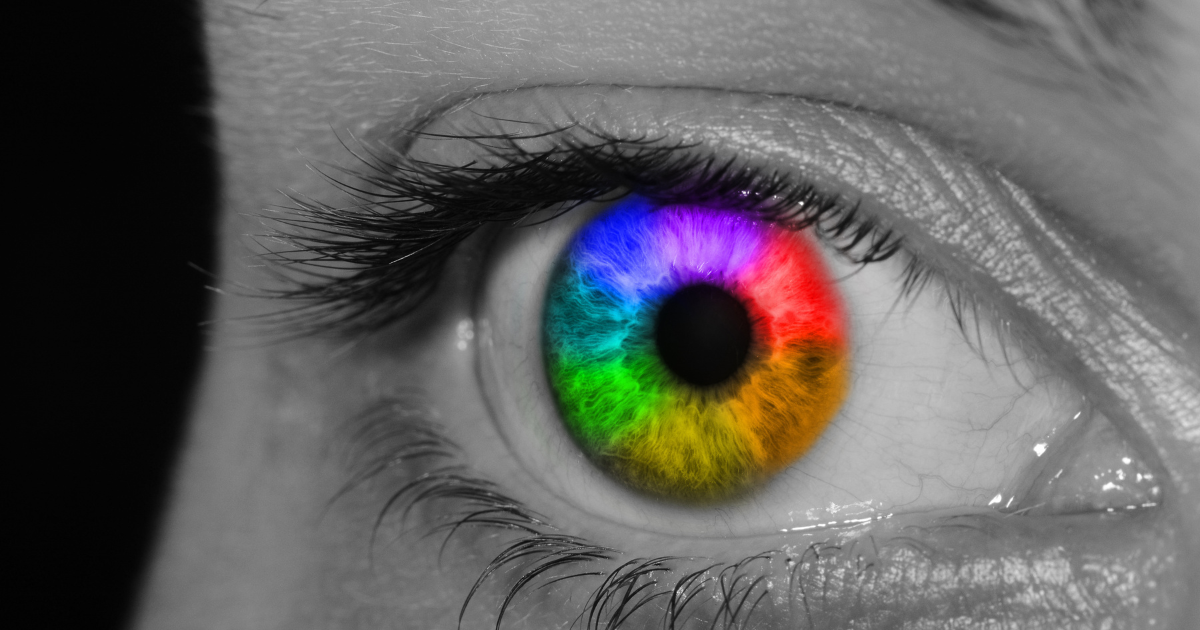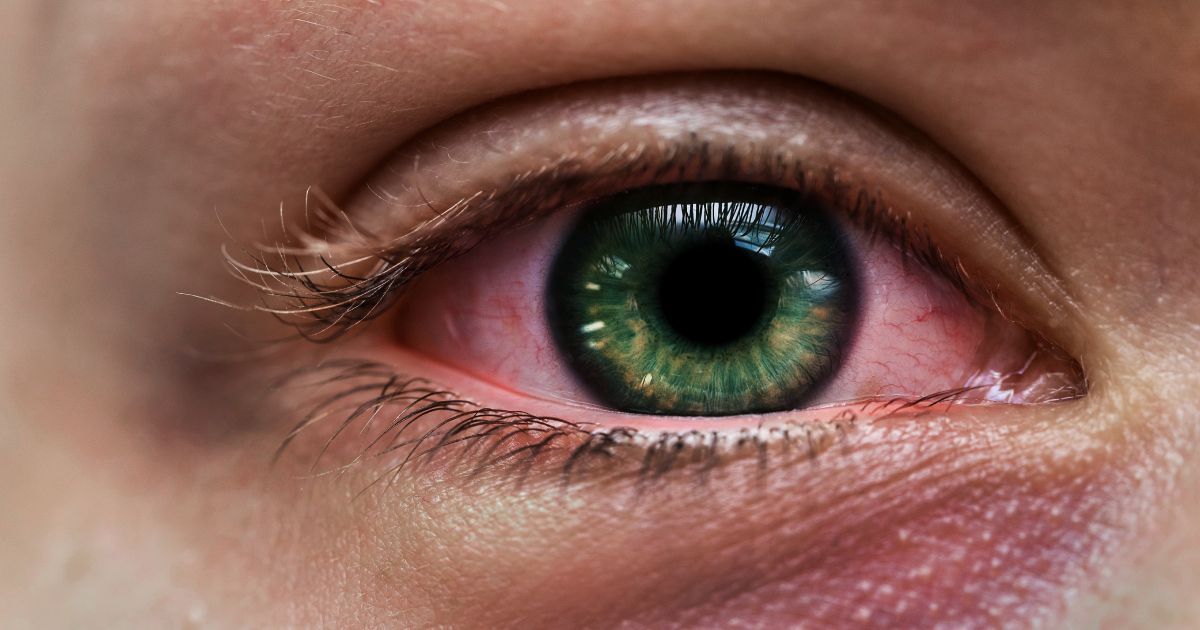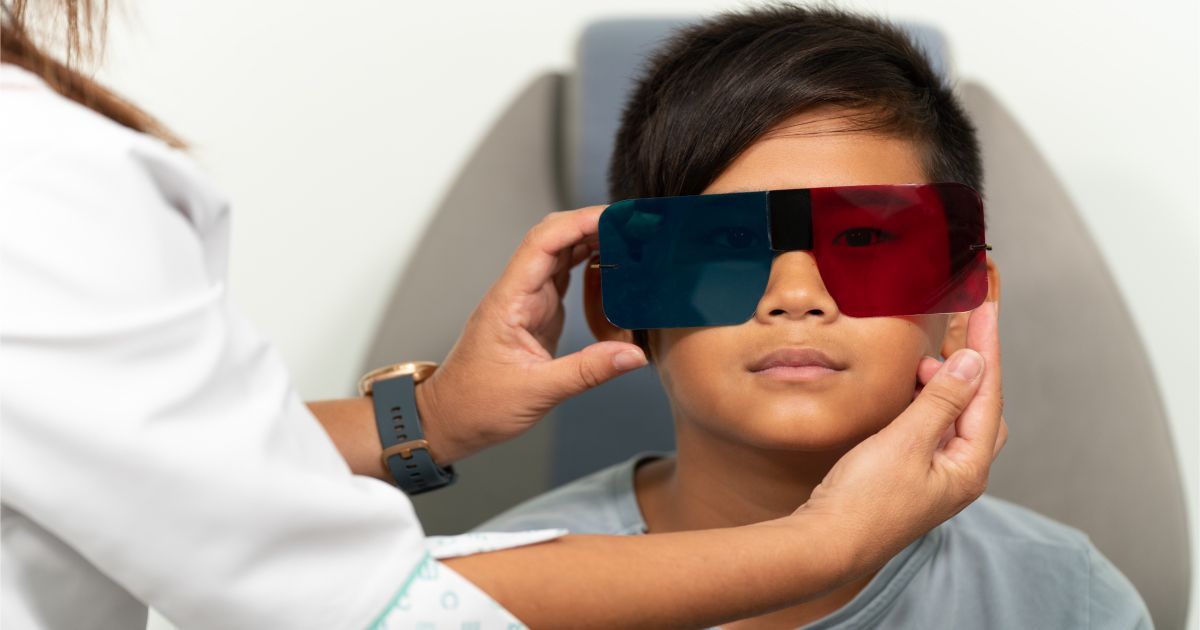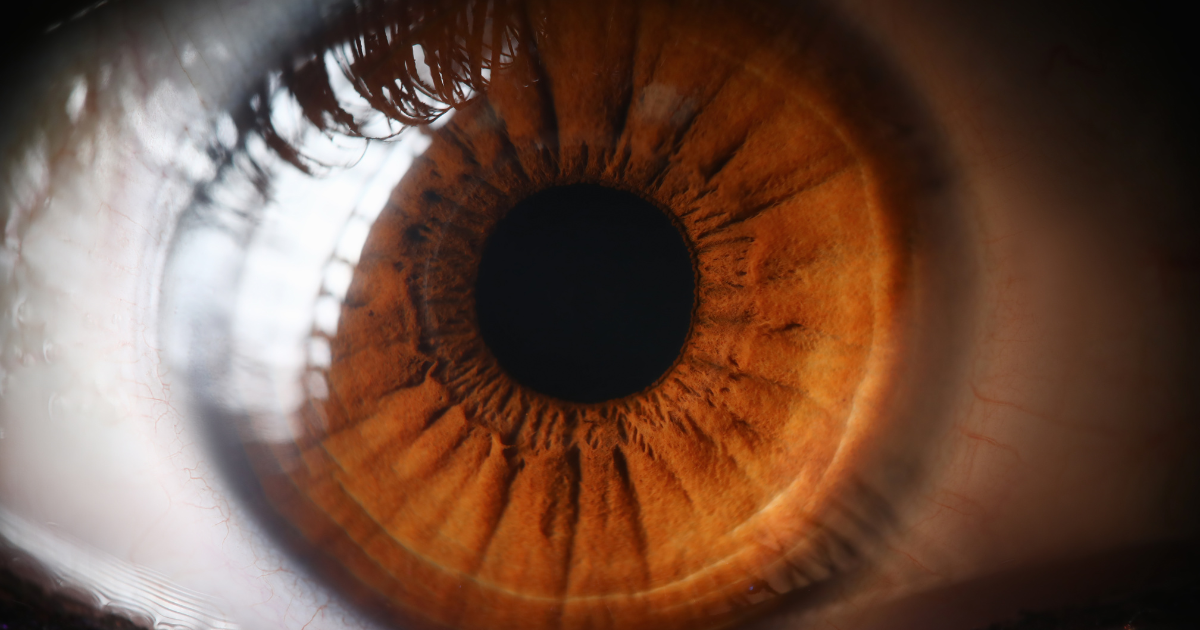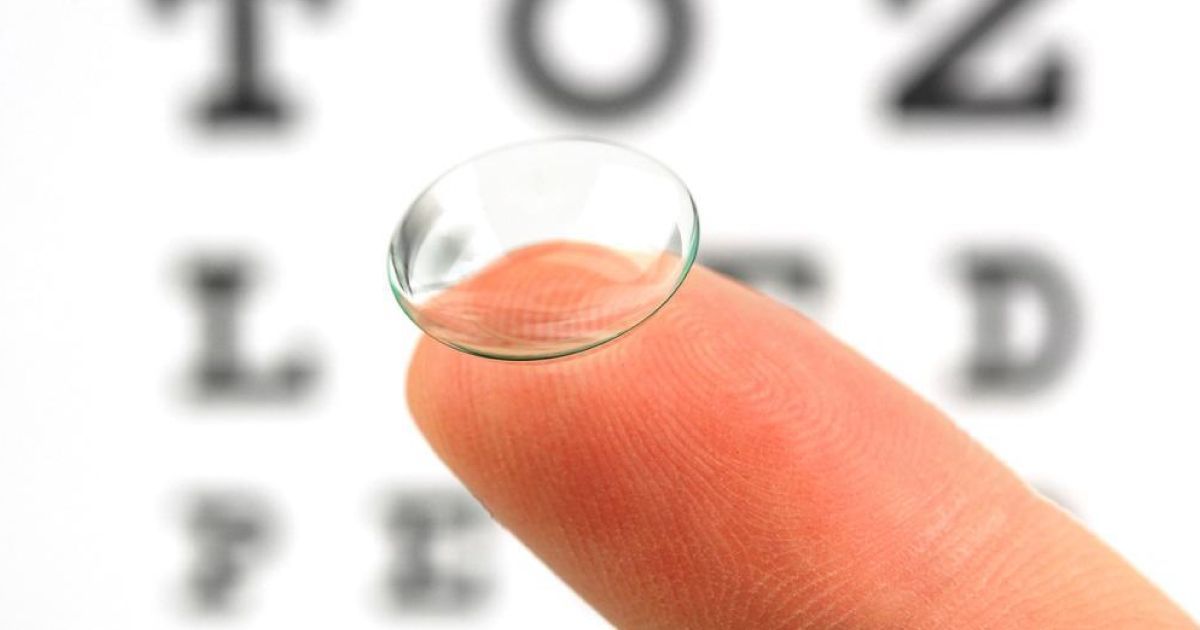The Mesmerizing Diversity of Eye Colors
Photo: Stock Photo
Read time: 5 minutes
The mesmerizing diversity of eye colors has captivated us throughout history. Beyond their aesthetic allure, eyes are windows to our genetics, revealing clues about ancestry and serving as a canvas for the interplay of biological factors. In this blog, we embark on a journey to unravel the mysteries of eye color, delving into the historical significance, genetic foundations, contemporary research, and fascinating variations that make our eyes a kaleidoscope of hues.
The Historical Significance of Eye Color
Antiquity and Symbolism: In ancient civilizations, eye color was often imbued with symbolic meanings. For example, in ancient Egypt, individuals with green or blue eyes were associated with divine connections. Similarly, in ancient Greece, the philosopher Aristotle pondered the inheritance of eye color, laying the groundwork for future scientific inquiries.
Myths and Legends: Myths and legends from various cultures also frequently incorporated references to eye color. From the piercing blue eyes of Norse gods to the mystical significance of green-eyed beings in Celtic folklore, eye color has been woven into the fabric of storytelling across the ages.
Genetic Foundations of Eye Color
The color of our eyes is primarily determined by the interplay of genetic factors. The key players in this genetic formula are variations in specific genes that dictate the production and distribution of pigments within the iris.
The primary determinant of eye color is melanin, a pigment also responsible for skin and hair color. Two main types of melanin, eumelanin (brown/black) and pheomelanin (red/yellow), contribute to the spectrum of eye colors.
Several genes play a role in determining eye color, with the most prominent being OCA2 and HERC2. These genes influence the production and distribution of melanin, leading to the wide array of eye colors observed in the human population.
The Spectrum of Eye Colors
- Brown Eyes: Brown eyes are the most prevalent eye color globally, owing to higher levels of eumelanin. The richness of brown hues can vary, from deep, almost black, to lighter shades of hazel.
- Blue Eyes: Blue eyes result from a lower concentration of melanin in the iris, allowing light to scatter and reflect off the back of the eye. The shades of blue eyes can range from icy blue to a deeper, more turquoise hue.
- Green Eyes: Green eyes are a result of the combination of blue scattering and the presence of yellowish pheomelanin. This combination can create a striking and unique shade of green.
- Gray Eyes: Gray eyes are a rare and captivating variation, often resulting from a combination of low melanin levels and the scattering of light within the iris.
Ethnic and Geographic Variations
Eye color exhibits geographical patterns, with certain eye colors being more prevalent in specific regions. For example, brown eyes are more common in populations with origins in Africa, Asia, and the Americas, while blue and green eyes are more prevalent in European populations.
Human migration and historical interactions have played a role in the diversity of eye colors within populations. This migration has led to the blending of genetic traits, contributing to the kaleidoscope of eye colors we observe today.
Contemporary Insights and Genetic Research
Contemporary genetic research has deepened our understanding of the intricate mechanisms governing eye color inheritance. Various collaborative efforts have identified additional genetic variants associated with eye color, expanding our knowledge beyond the classical OCA2 and HERC2 genes.
While Mendelian genetics (referring to certain patterns of how traits are passed from parents to offspring) provide a foundational understanding of eye color inheritance, researchers now recognize the complexity of multiple genes influencing eye color. The interactions between these genes contribute to the subtle variations and nuances observed in eye color across diverse populations. Learn more about the connection between genetics and vision health.
Factors Influencing Eye Color Changes
Eye color can change over time due to natural evolution. Infants are often born with lighter eye colors that may darken during childhood. This change is attributed to the ongoing development and maturation of the eye.
As we age, changes in the composition of the eye, such as the density of the lens and the accumulation of lipofuscin (also known as age-pigments,) can contribute to alterations in eye color. These changes are often subtle and occur gradually.
Certain medical conditions, such as glaucoma or pigmentary glaucoma, can impact eye color. In some cases, the use of medications, like prostaglandin analogs (a type of medication that reduces eye pressure by increasing the drainage of intraocular fluid), can lead to changes in pigmentation, resulting in darker or more intense eye colors.
Eye Color in Forensic Science
Eye color plays a role in forensic science, particularly in identifying individuals based on physical characteristics. While not as unique as fingerprints, eye color can provide additional descriptors for forensic investigators.
The accuracy of determining eye color solely from DNA is limited, as it is influenced by multiple genes and environmental factors. Forensic scientists use eye color prediction models cautiously, recognizing the potential for variability.
The Takeaway
The kaleidoscope of eye colors is a testament to the intricate interplay of genetics, history, and evolution. From the symbolic significance of eye color in ancient civilizations to the contemporary insights gleaned through genetic research, our understanding of the factors influencing eye color continues to evolve.
When you look into someone's eyes, you are seeing a unique combination of genetic heritage, geographical origins, and the complex dance of pigments within the iris. The endless palette of eye colors not only adds to the richness of human diversity, it shows us that each gaze tells a story, echoing the narrative of our shared human journey through time.
The information provided in this article is intended for general knowledge and educational purposes only and should not be construed as medical advice. It is strongly recommended to consult with an eye care professional for personalized recommendations and guidance regarding your individual needs and eye health concerns.
All of Urban Optiks Optometry's blog posts and articles contain information carefully curated from openly sourced materials available in the public domain. We strive to ensure the accuracy and relevance of the information provided. For a comprehensive understanding of our practices and to read our full disclosure statement, please click here.
OUR LATEST POSTS


© Urban Optiks Optometry, Inc. 2009-2024
All Rights Reserved
Location
The Cairo Building
3788 Park Blvd, Suite 5
San Diego, CA 92103
Phone: 619.683.2020
Text: 619.683.2020
Fax: 619.683.2111
Email: info@uoosd.com
Hours
Monday: 9 am – 7 pm
Tuesday: 9 am – 6 pm
Wednesday: 9 am – 6 pm
Thursday: 9 am – 7 pm
Friday: 9 am – 6 pm
Saturday: 9 am – 5 pm
Sunday: Closed


